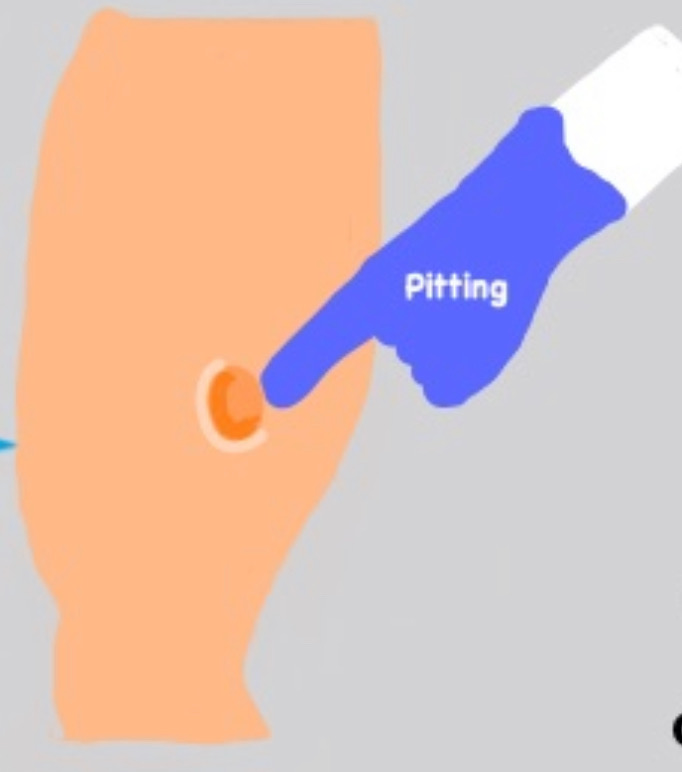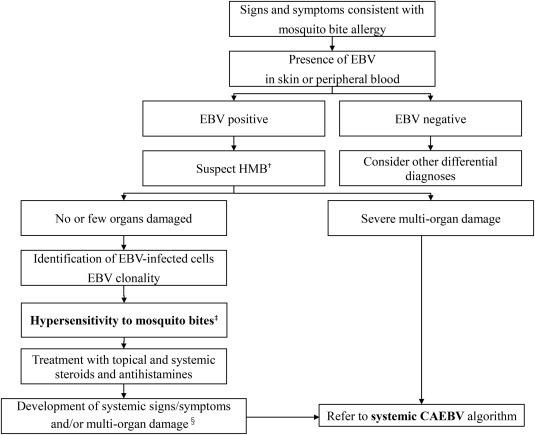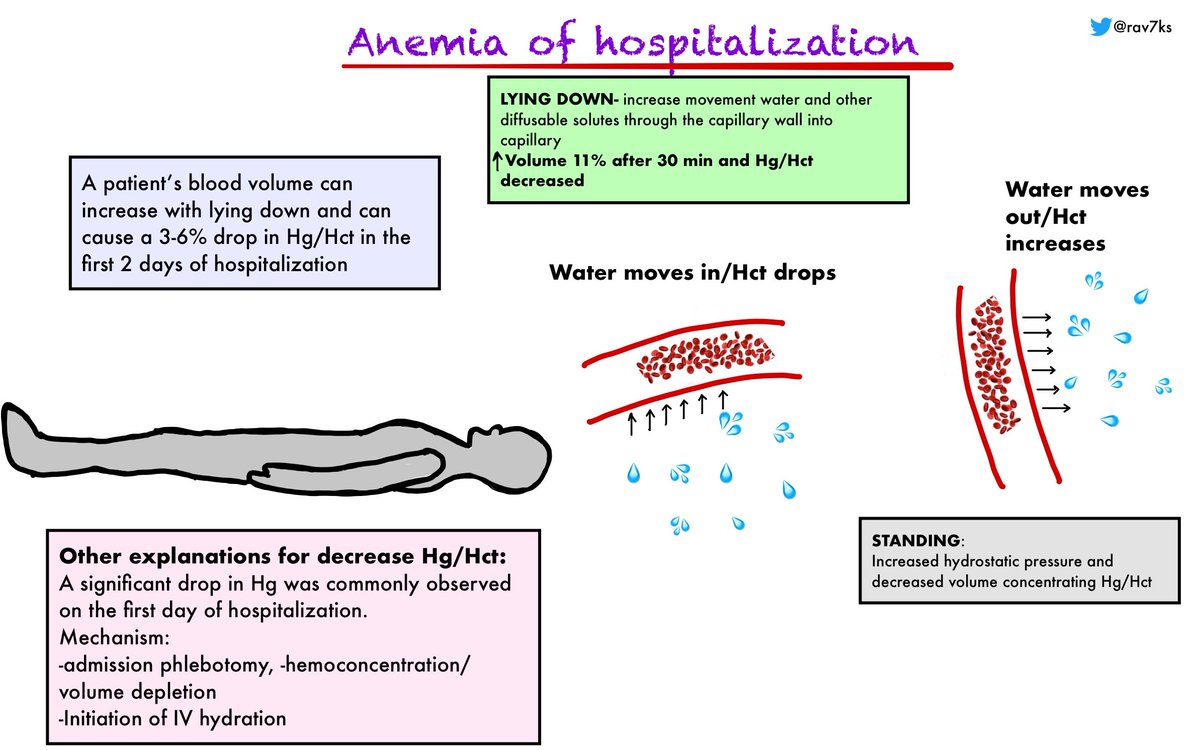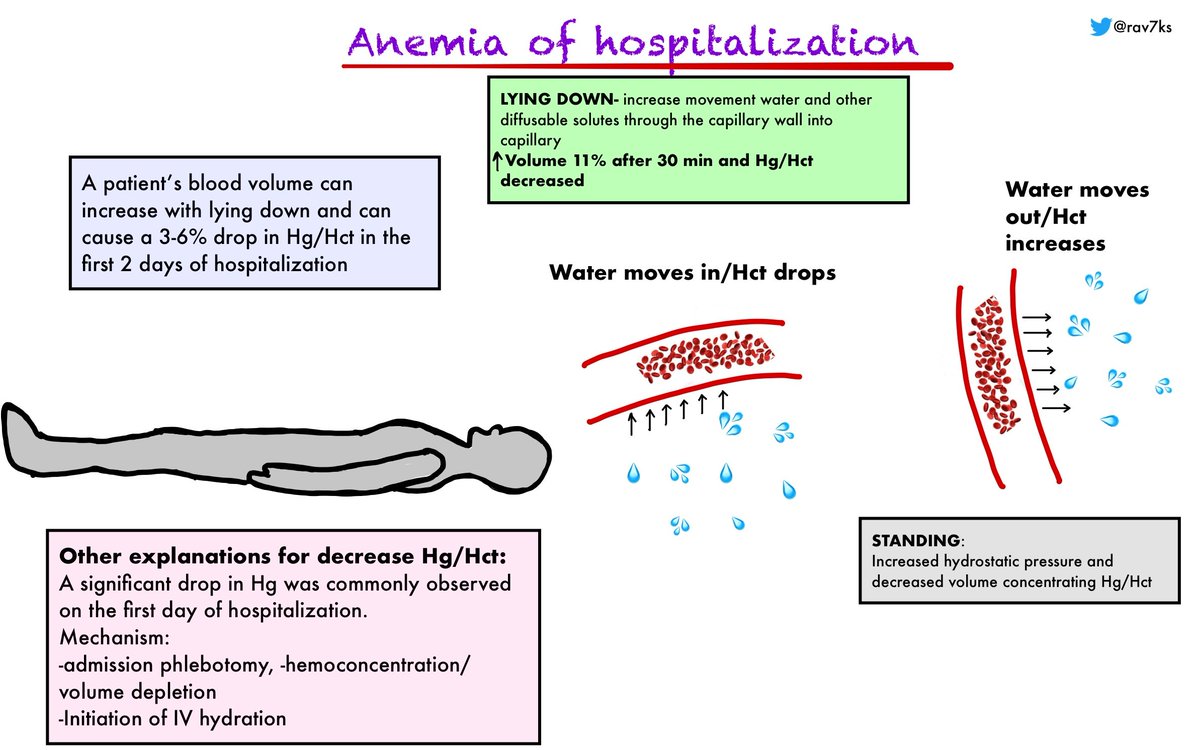Day 6 on the floors. The team is scratching their heads over a patient in her 20’s with chest pain and SOB. No fever nor hypoxemia. COVID negative
Reviewed some likely illness scripts with the team making up a possible differential
Reviewed some likely illness scripts with the team making up a possible differential

Courtesy of @CPSolvers
Findings on CT are mass like densities ( peripherally located) and asymmetric lymphadenopathy
COP and eosinophilia PNA less likely especially with the epidemiology.
Surprisingly Sarcoidosis can present atypically with asymmetric lymphadenopathy.
Findings on CT are mass like densities ( peripherally located) and asymmetric lymphadenopathy
COP and eosinophilia PNA less likely especially with the epidemiology.
Surprisingly Sarcoidosis can present atypically with asymmetric lymphadenopathy.

Biopsy is pending............
• • •
Missing some Tweet in this thread? You can try to
force a refresh

















